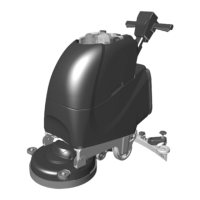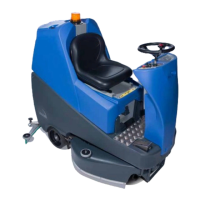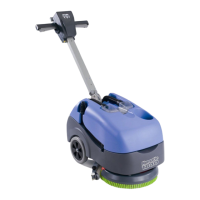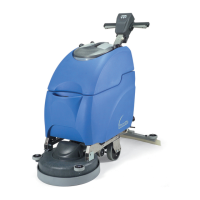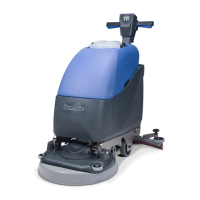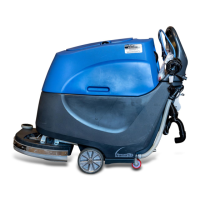19
6. EXPOSURE CONTROLS, PERSONAL PROTECTION
Respiratory Protection:
• In case of battery venting, providing as much ventilation as possible. Avoid con ned areas with venting batteries.
• Respiratory Protection is not necessary under conditions of normal use.
Ventilation:
• Not necessary under conditions of normal use.
• Protective Gloves:
• Not necessary under conditions of normal use.
Other Protective Clothing or Equipment:
• Not necessary under conditions of normal use.
• Personal Protection is recommended for venting batteries: Respiratory Protection, Protective Gloves, Protective Clothing and
safety glass with side shields.
Temperature Range Table
CHARGING 5°C~35°C
DISCHARGING 5°C~35°C
STORAGE OPTIMUM 15°C~25°C
STORAGE LIMIT -10°C~55°C
8. DO
• Use NUMATIC batteries only with NUMATIC appliances and charge them only using NUMATIC chargers.
• Charge battery before use.
• Store the battery out of the reach of children.
• Secure the appliance against unintentional start up – remove the battery from the appliance before transporting or storing the
appliance.
• Protect from rain and liquid ingress
• Protect from direct sunlight, heat, and open ames.
• Keep a battery that is not in use away from metal objects, (e.g. nails, coins, jewellery).
• Follow the disposal advice of the manufacturer and any internal waste management guidance.
• Use and store the battery with-in temperature range (as shown in Temperature Range Table).
Warning: The battery included in this product must only be charged by the Numatic Charger and docking system supplied with the
product and in NO circumstances should an alternative non Numatic charger be used as there is risk severe damage and re could
result.
Note* “If batteries are subjected to temperatures beyond normal operating limits automatic shutdown will occur. Under these conditions
allow the batteries to acclimatise at room temperature (180C – 220C) for several hours to allow the battery to wake up”.
9. DO NOT
• Throw battery into re – risk of explosion!
• Charge or use a defective, damaged or deformed battery including batteries subjected to liquid ingress.
• Open, damage or drop the battery.
• Expose the battery to microwaves or high pressure.
• Immerse in uids, especially ammable liquids.
• Insert objects in the battery’s cooling slots.
• Bridge (short circuit) the battery terminals with metallic objects since this may damage the battery.
• Use metal containers for transporting batteries.
• Expose the batteries to high temperatures including direct sunlight.
• Crush, break open or physically abuse the batteries or the equipment that contains them.
7. ACCIDENTAL RELEASE
Disposal – Wear protective gear, wipe up with absorbent textile and dispose of as hazardous waste at collection points for hazardous
waste according to national regulations.
5. FIRE FIGHTING MEASURES
• In case of re – Keep clear of vapours and gases generated, take wind direction into consideration. If possible without danger,
remove batteries from the vicinity of the re. In principle, cooling or extinguishing with water is possible, but should only be done by
trained personnel with suffi ciently large quantities of water.
• If the hazard situation is unclear, extinguish only with ABC powder extinguishers (Class D extinguishers for res involving metals
are especially suitable).
• Fire ghters should only approach the re wearing protective clothing and self-contained breathing apparatus.
• Once the re has been extinguished, as a rule, the area should be monitored ( re watch) and cleaned up by trained and
appropriately equipped personnel; re residue should be contained and disposed of properly.
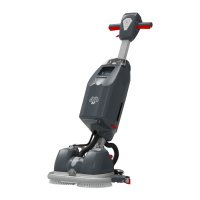
